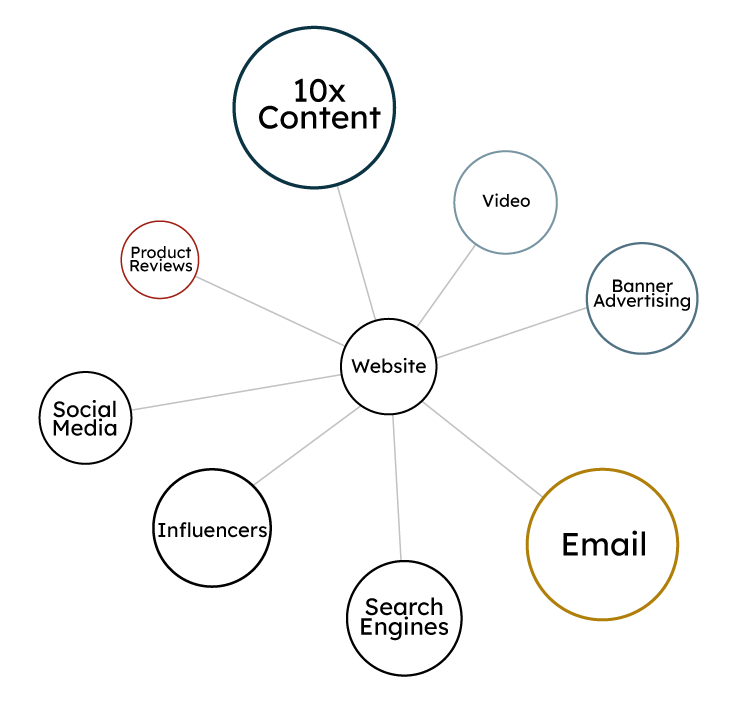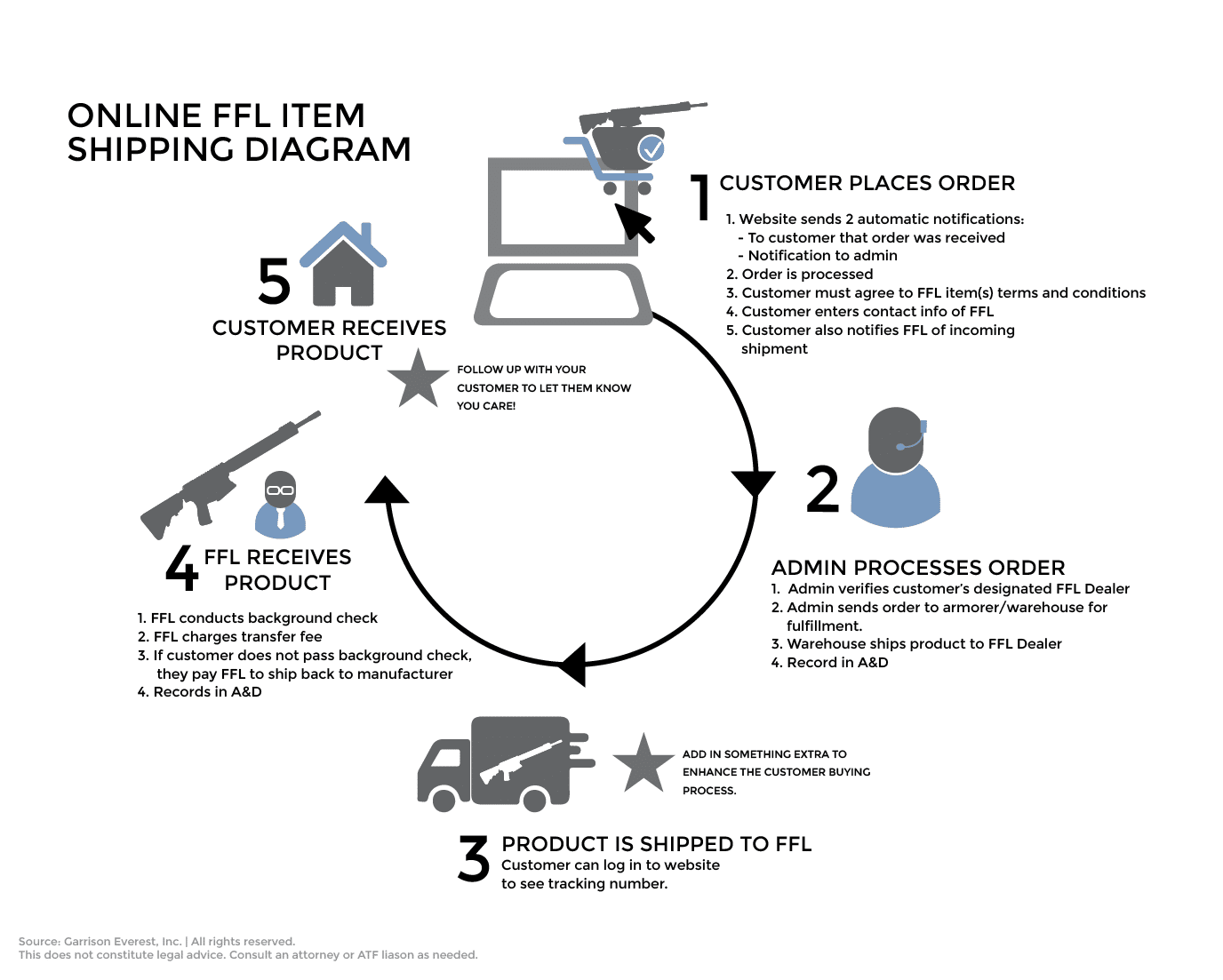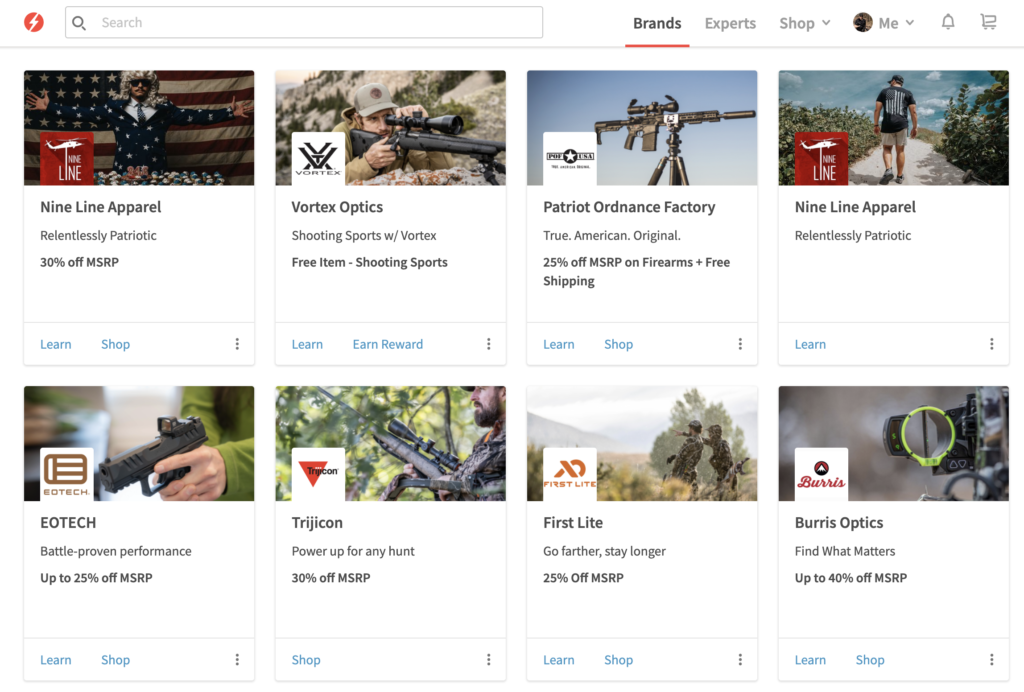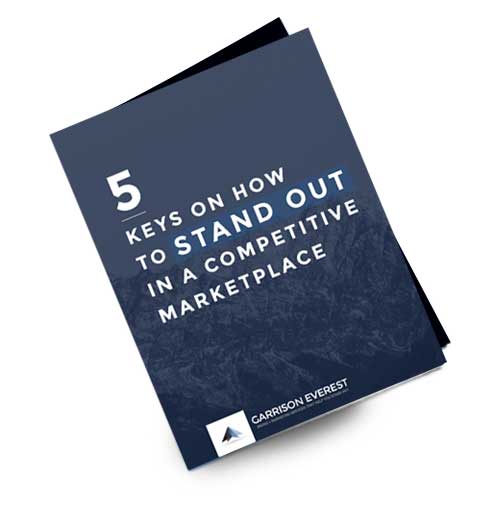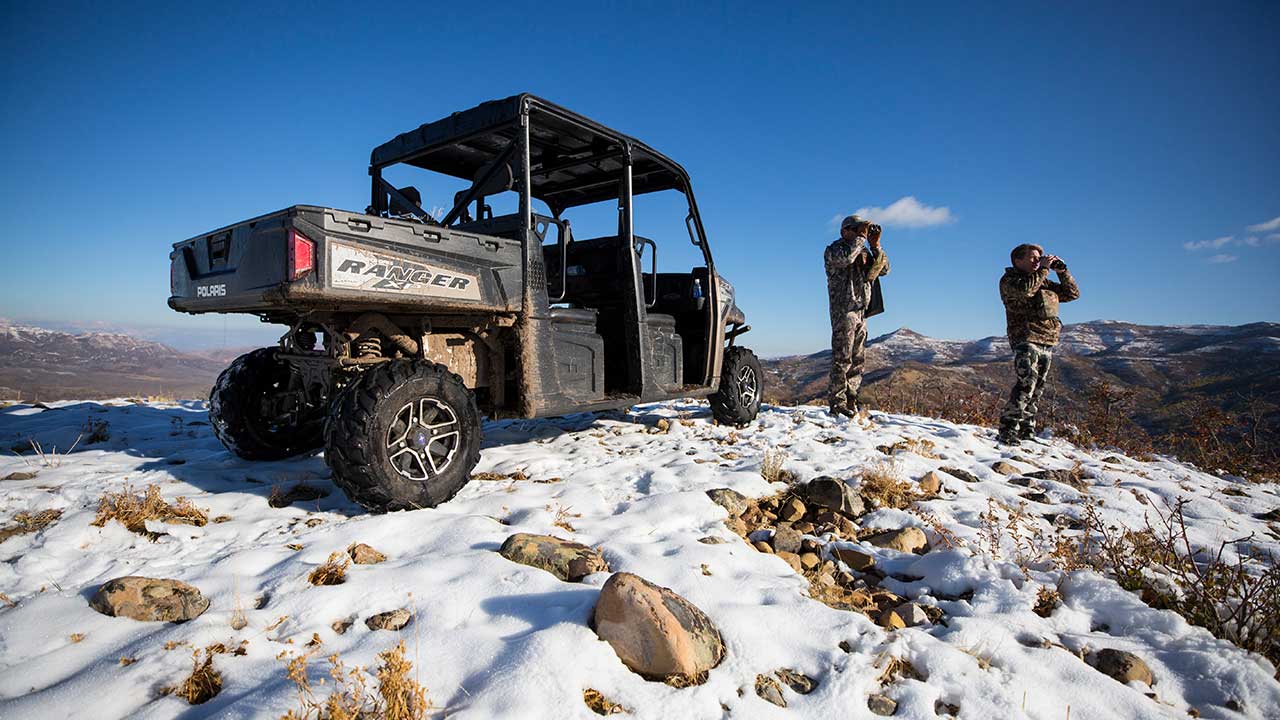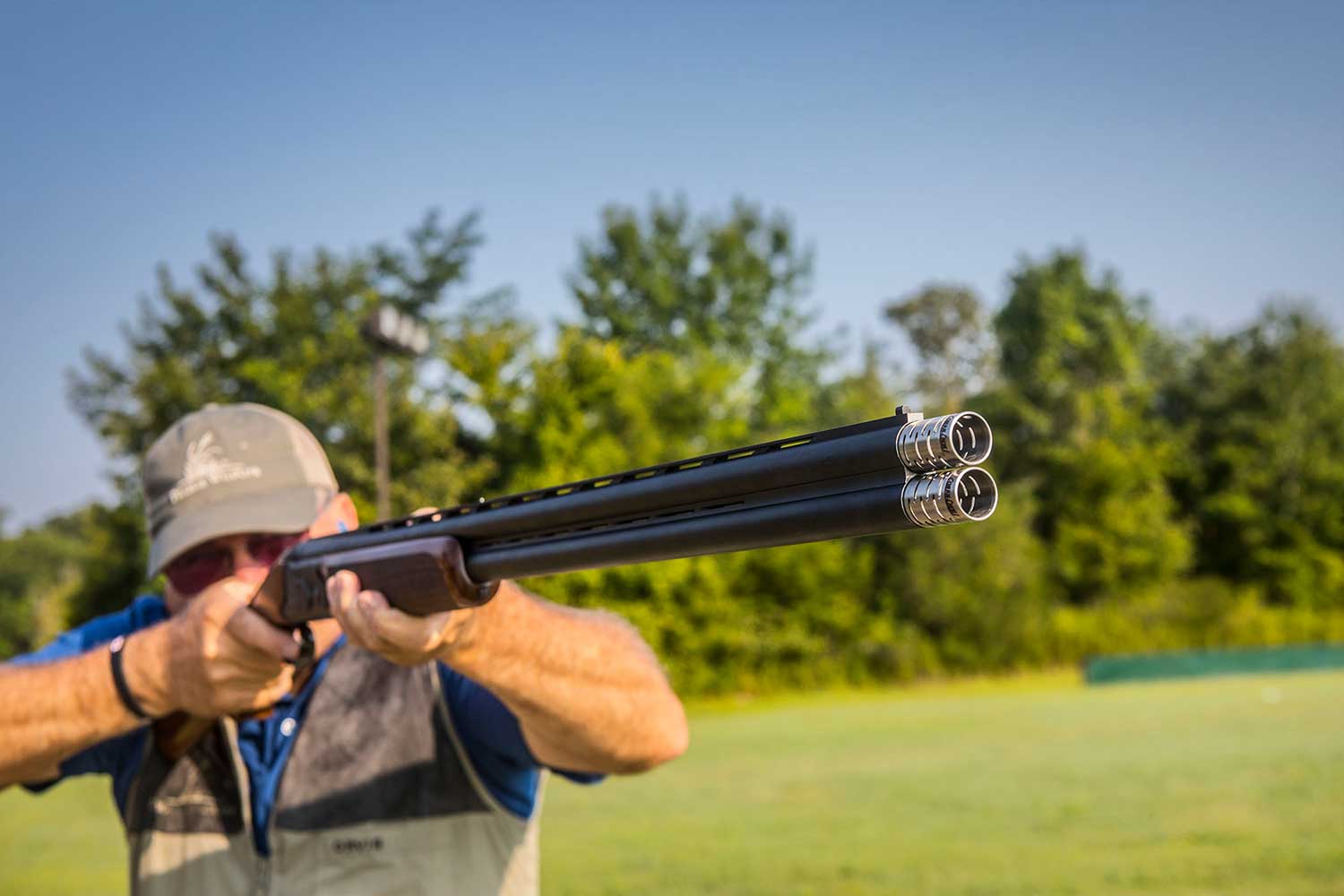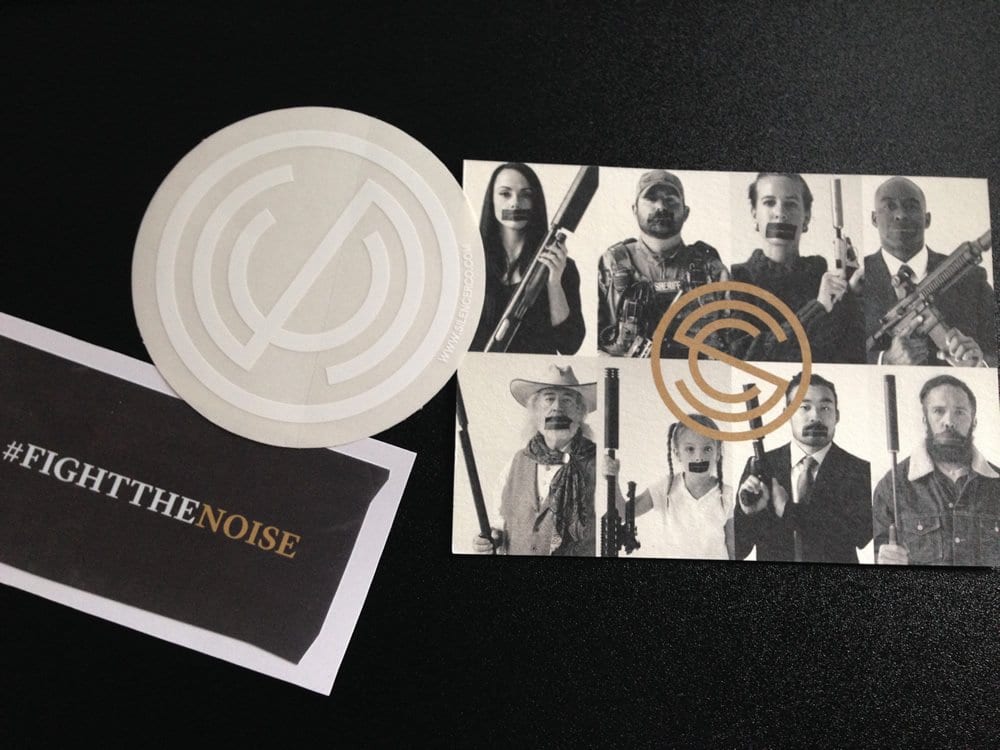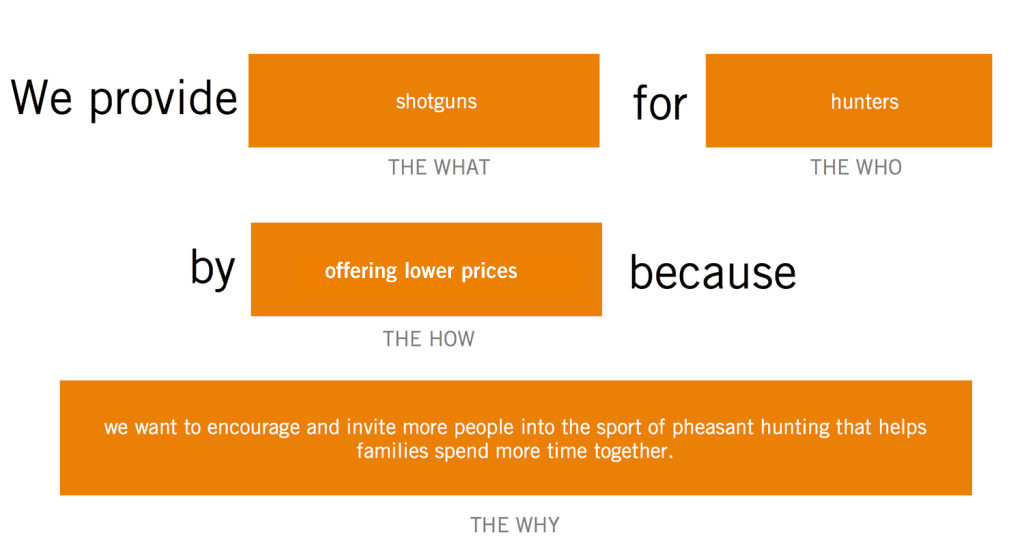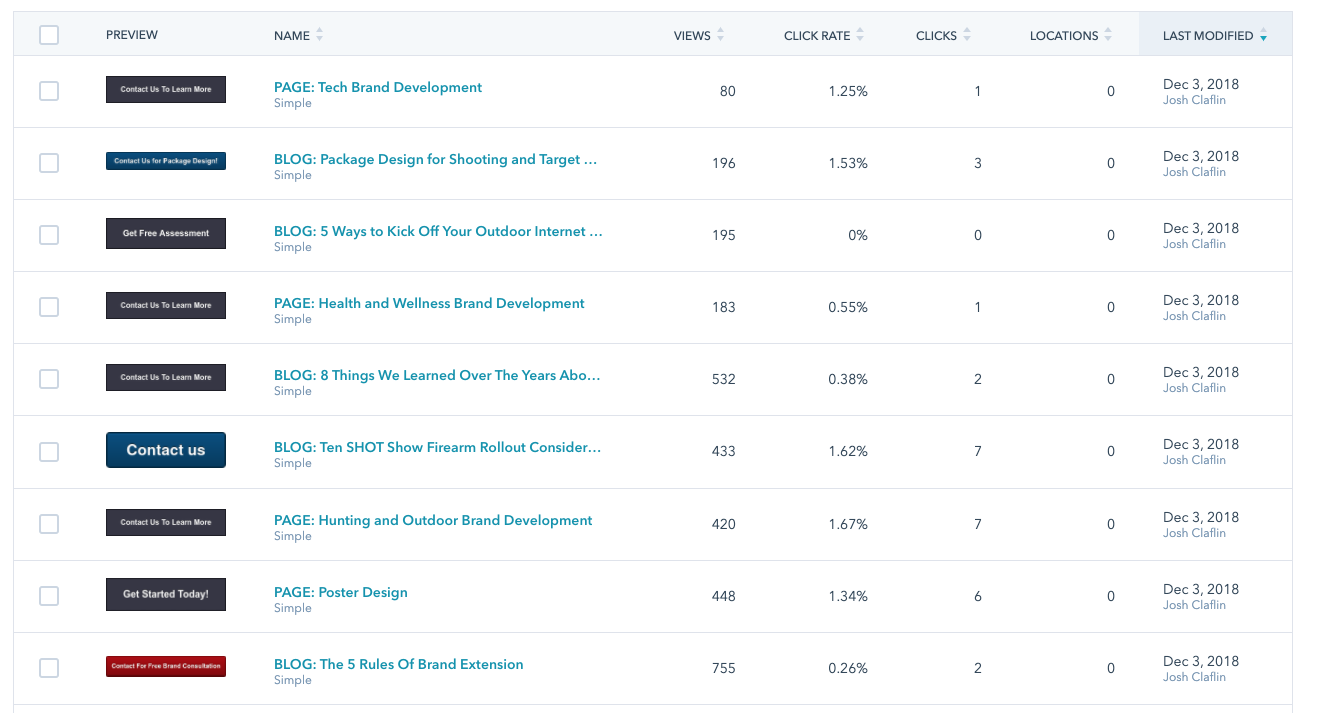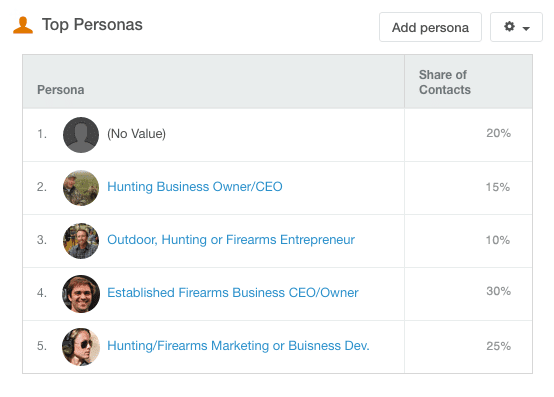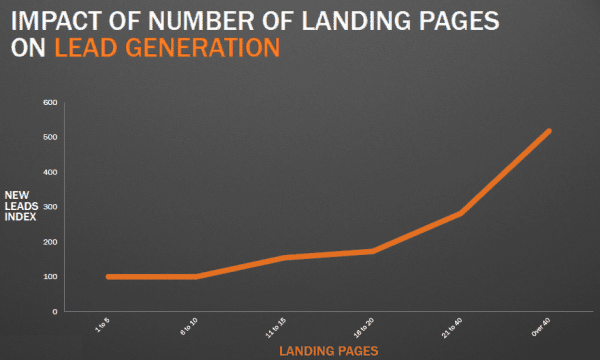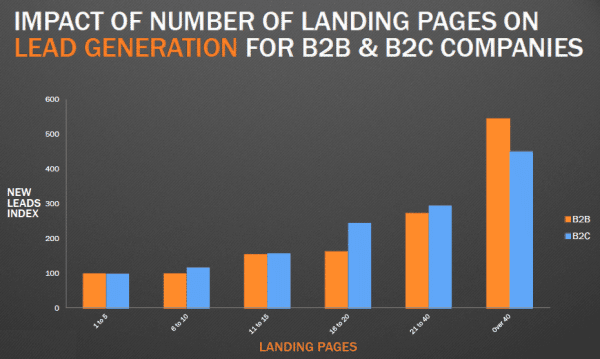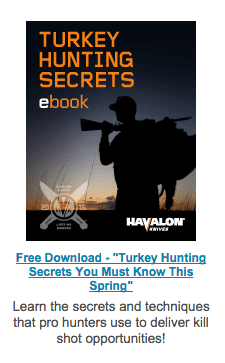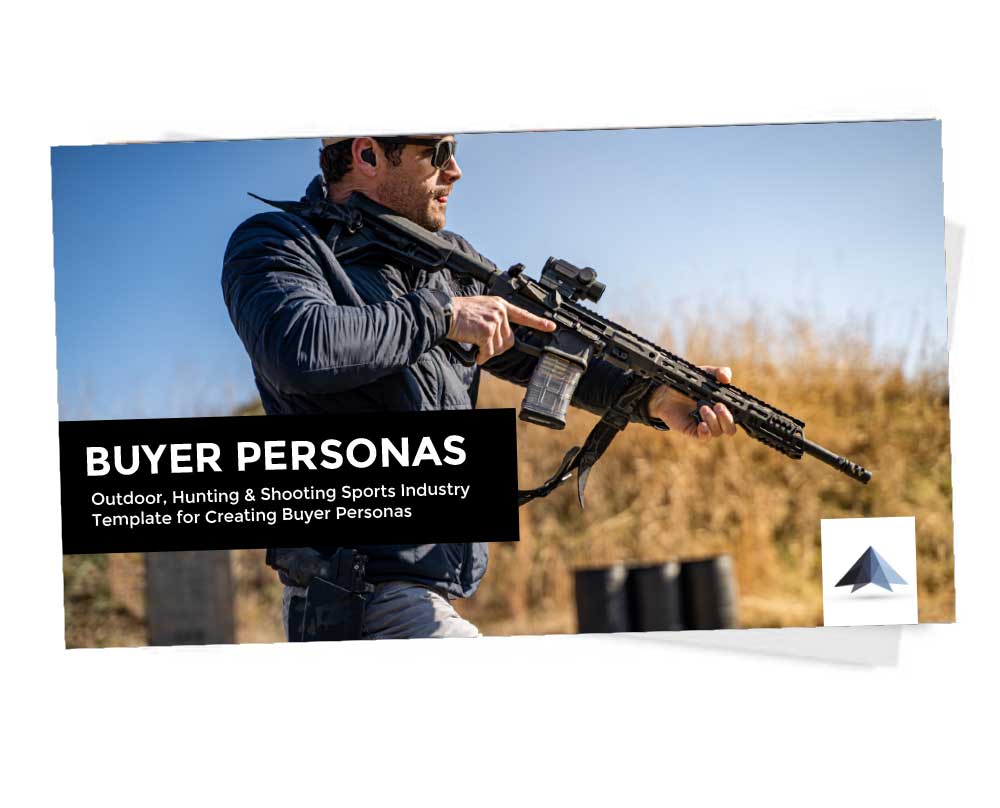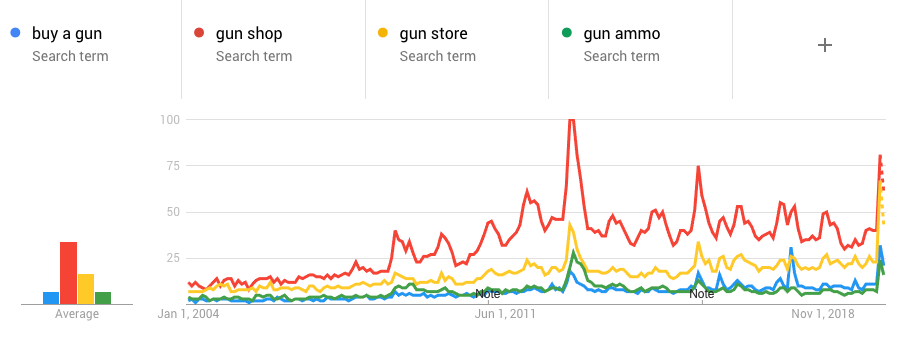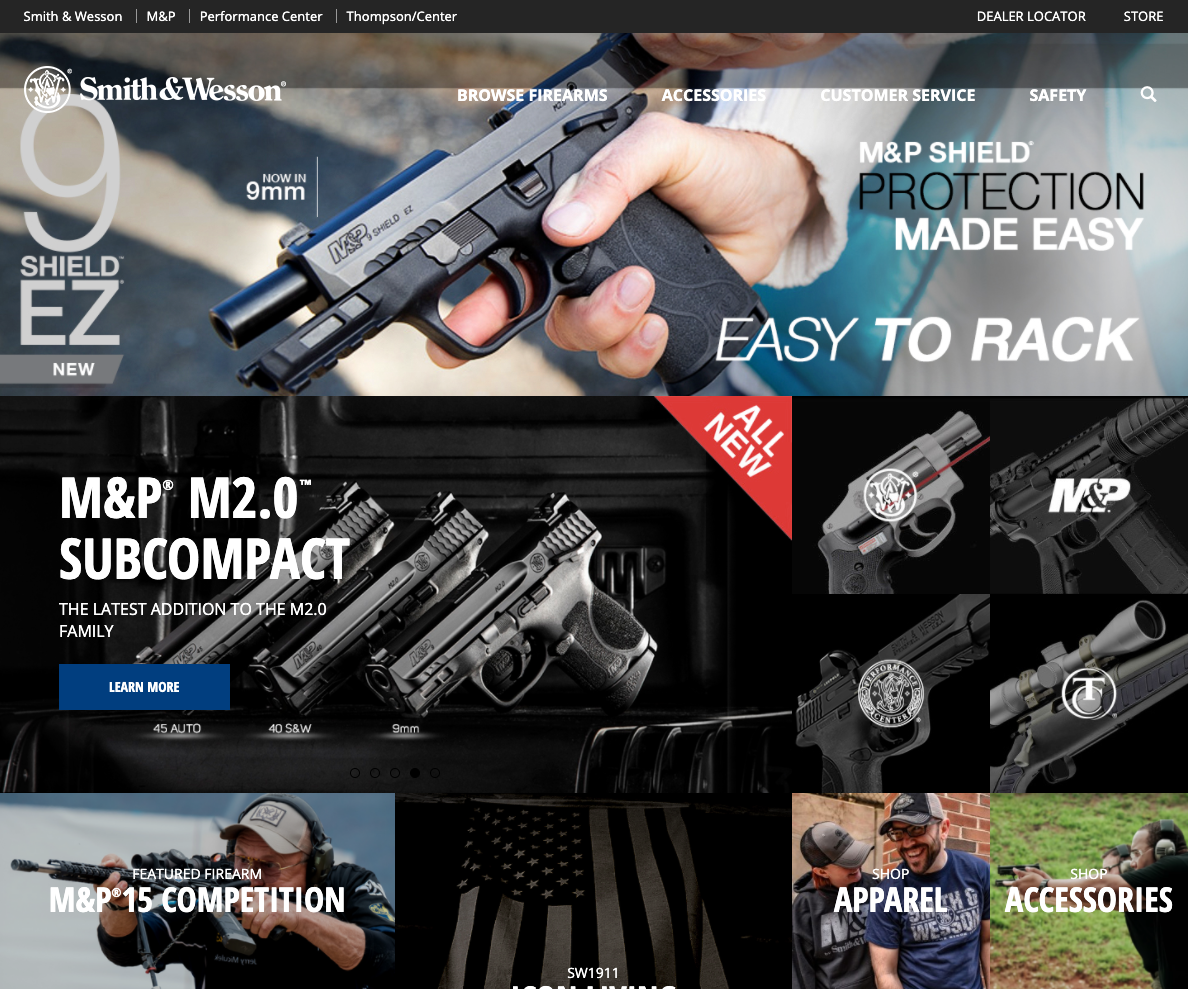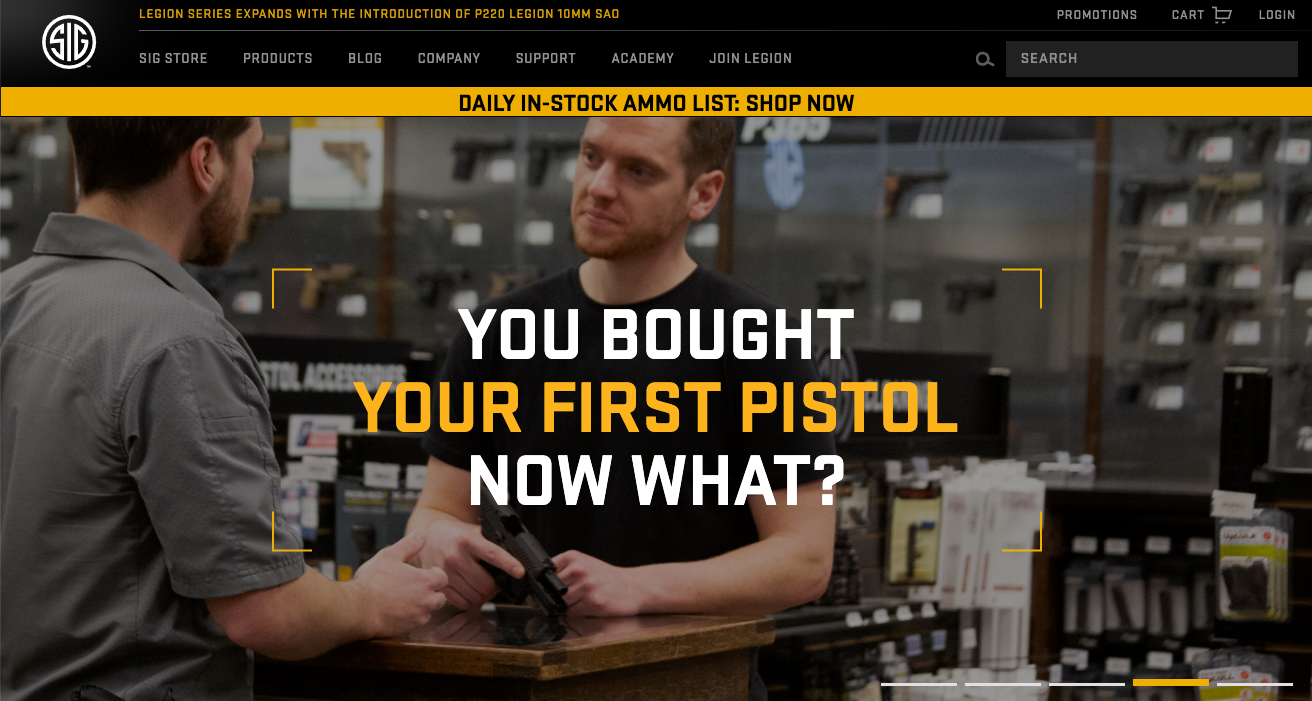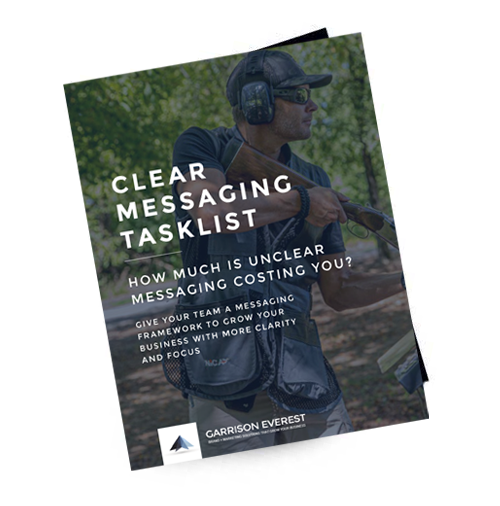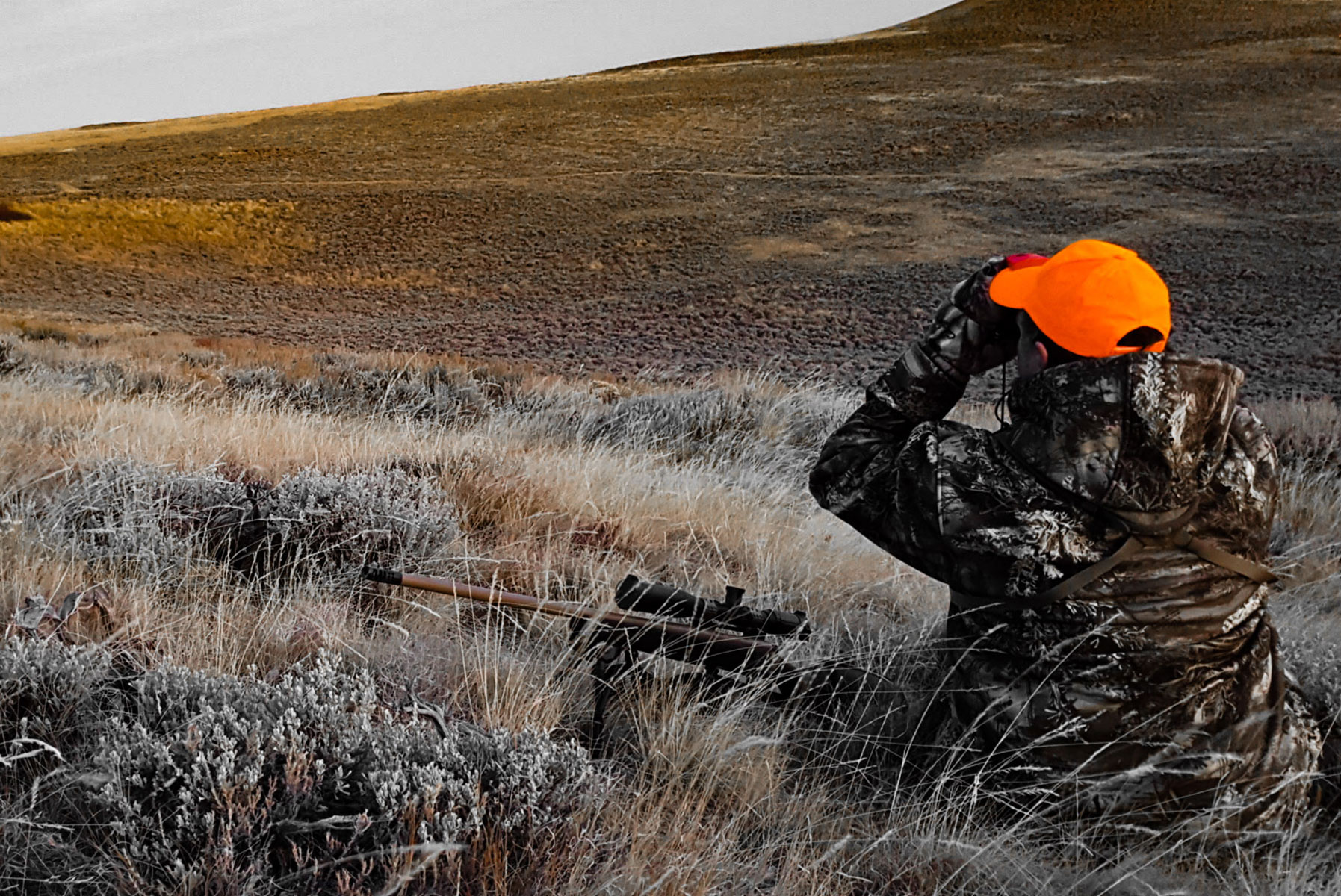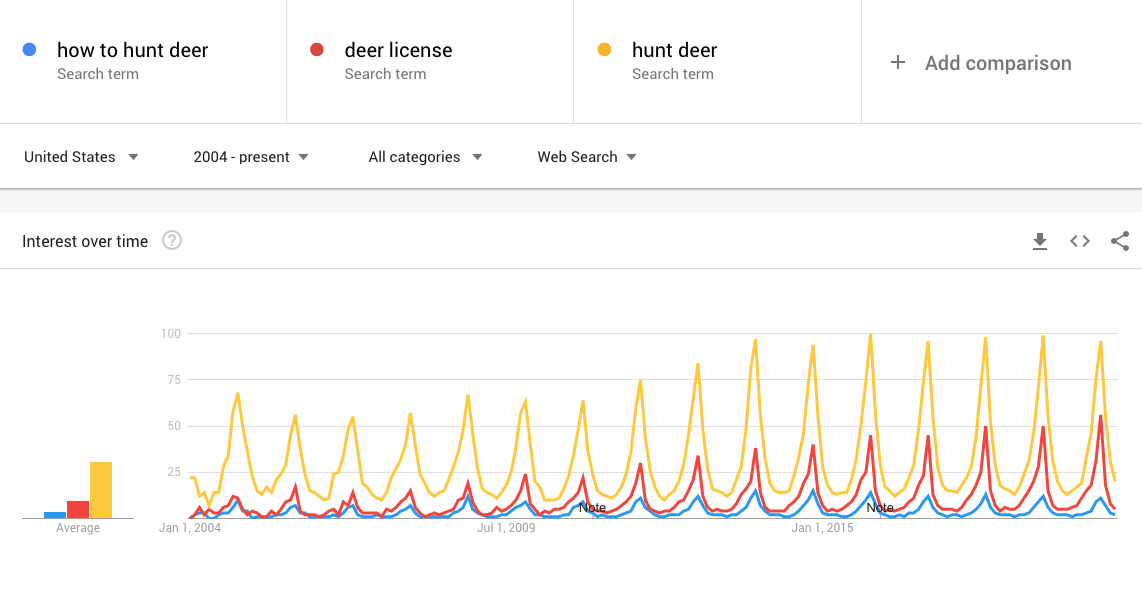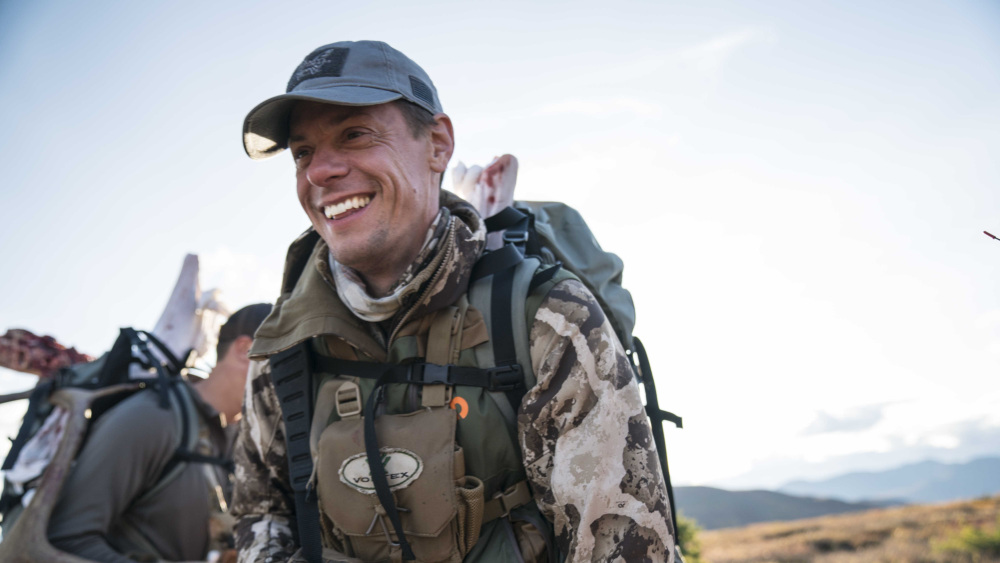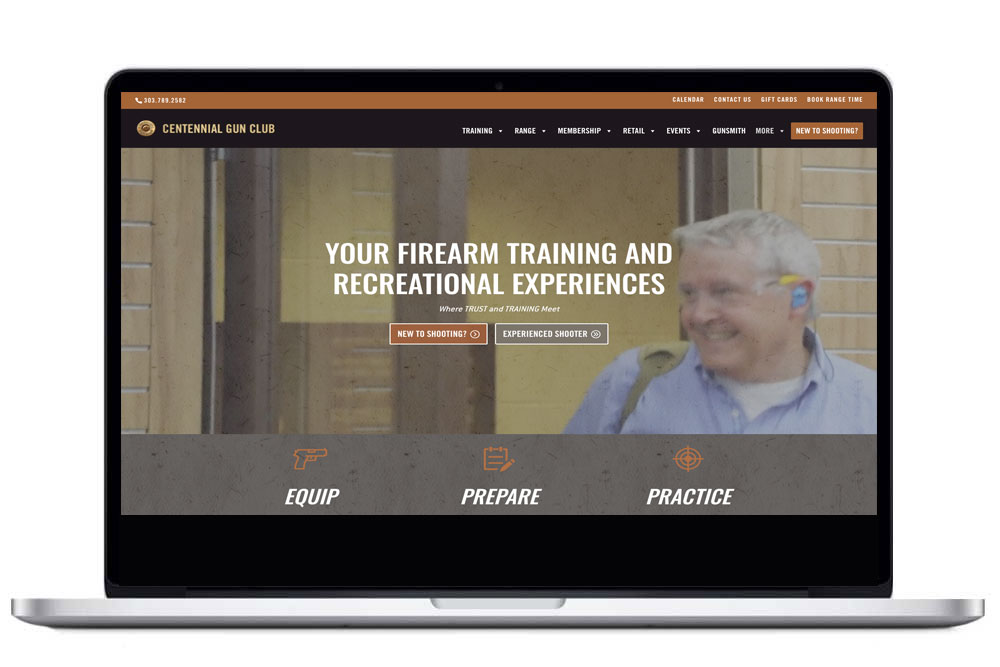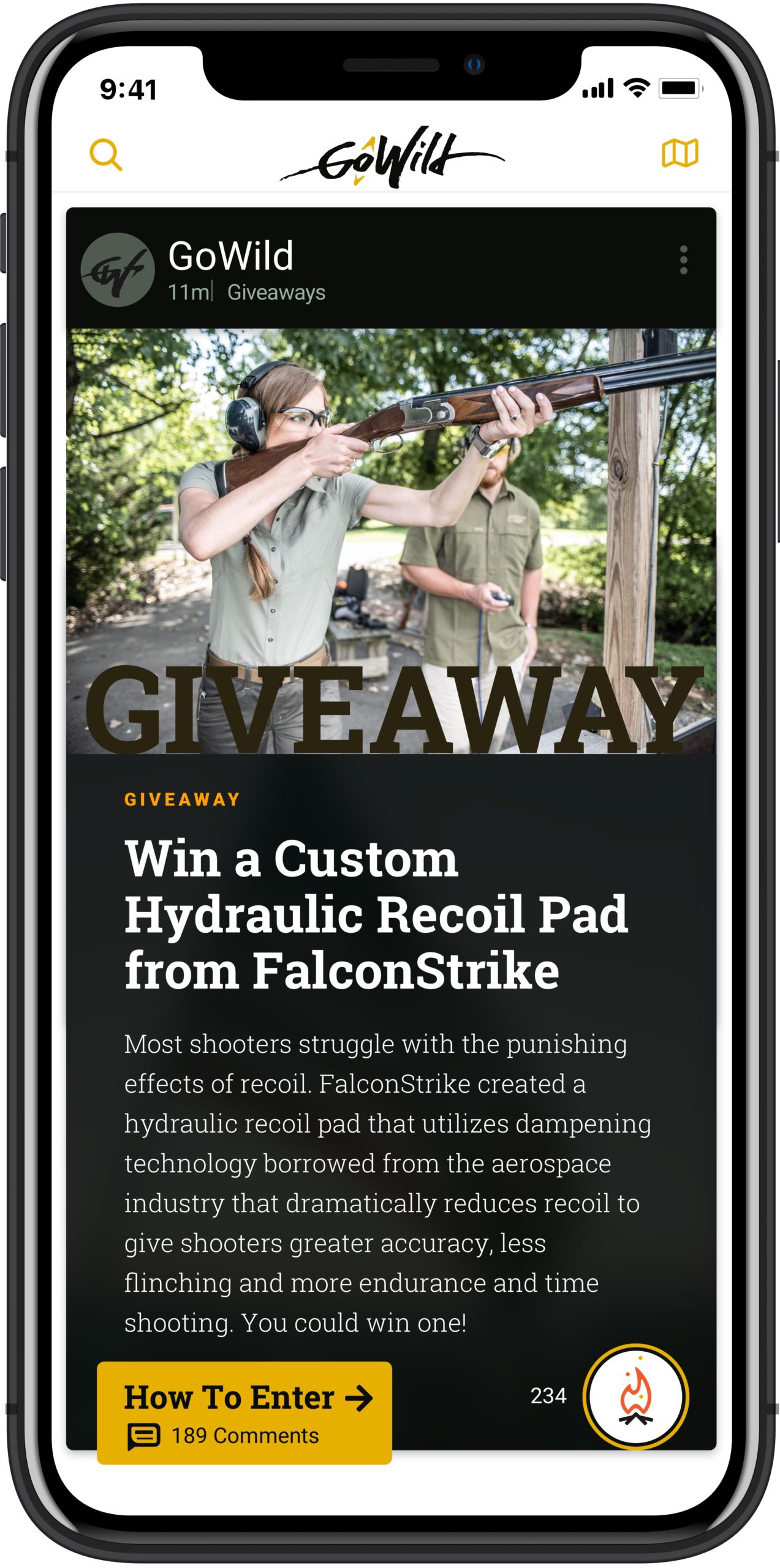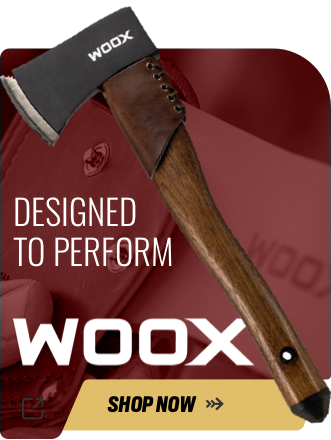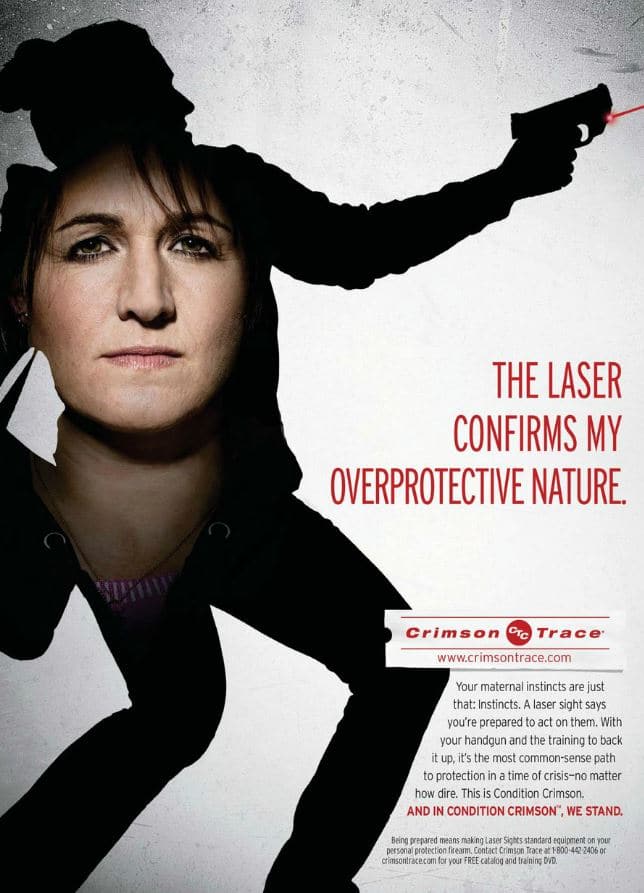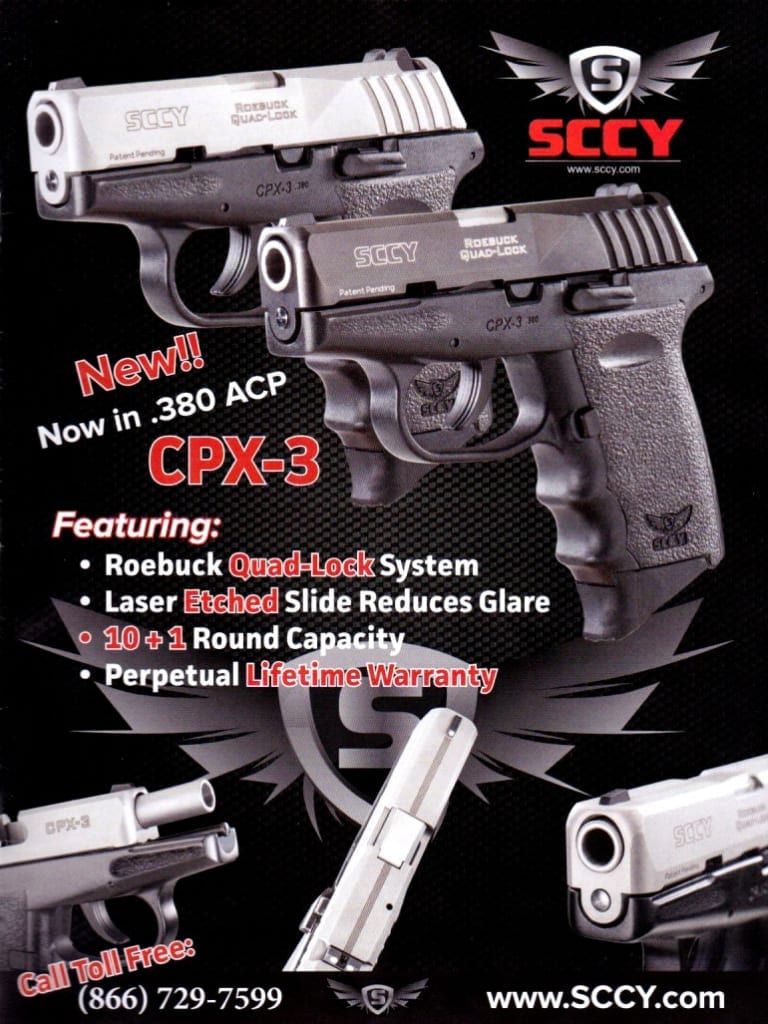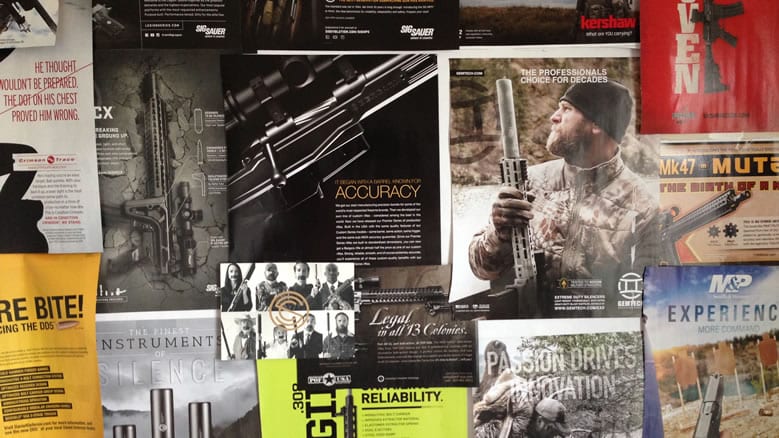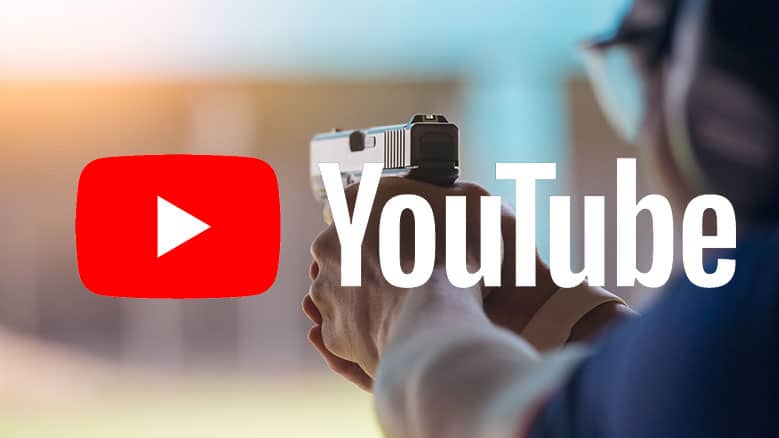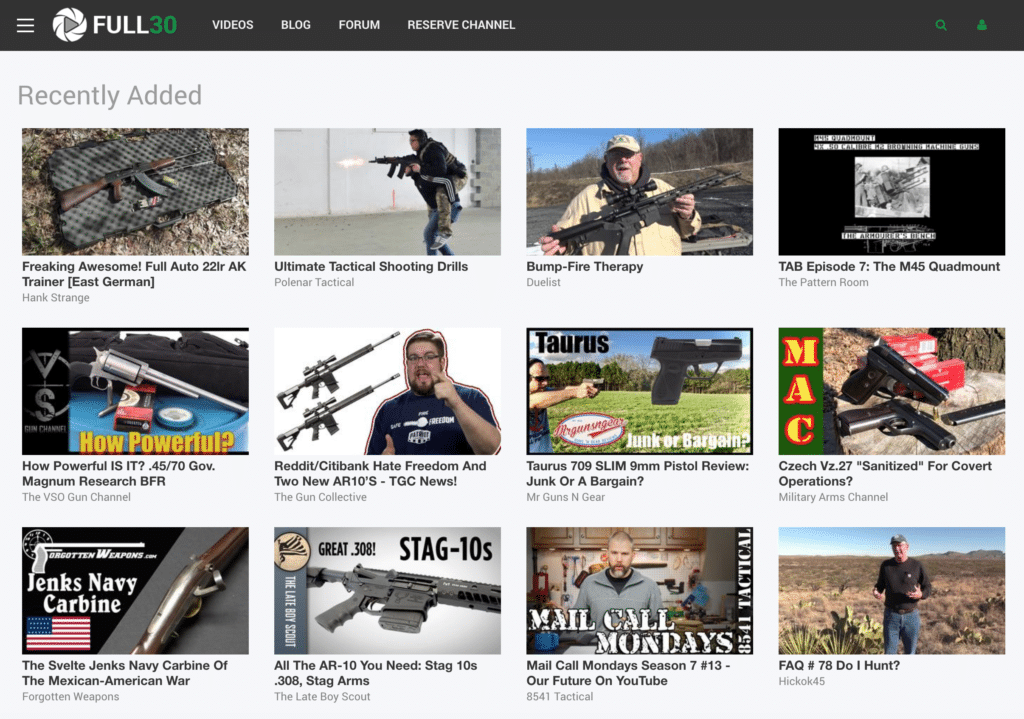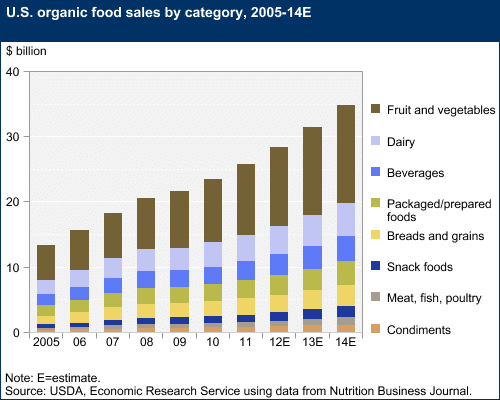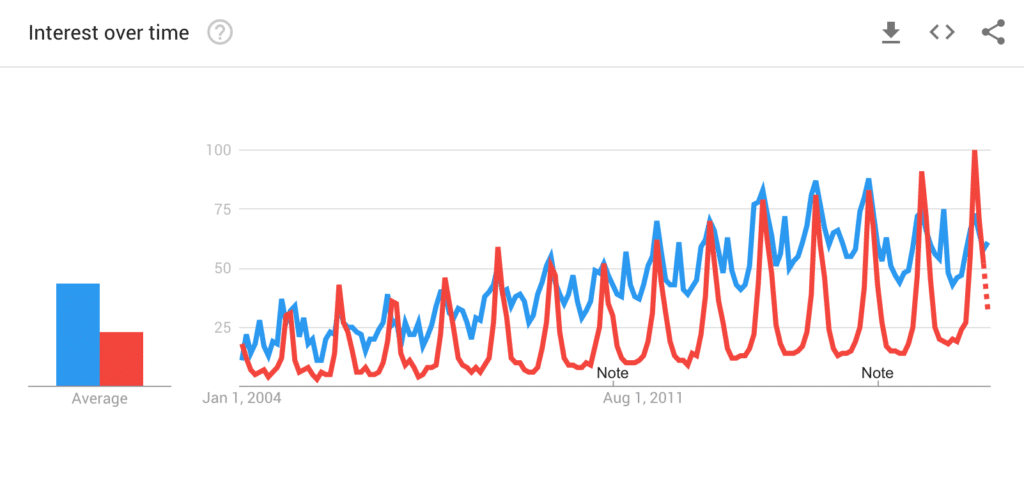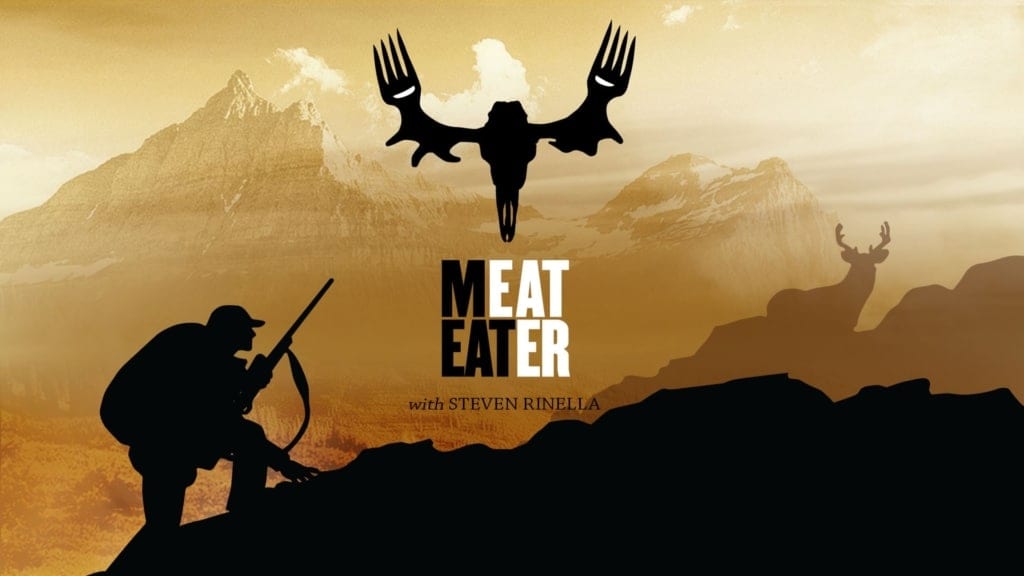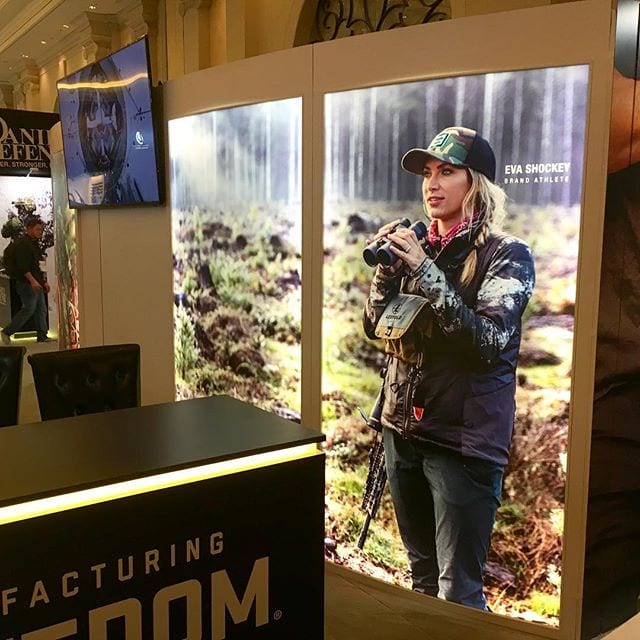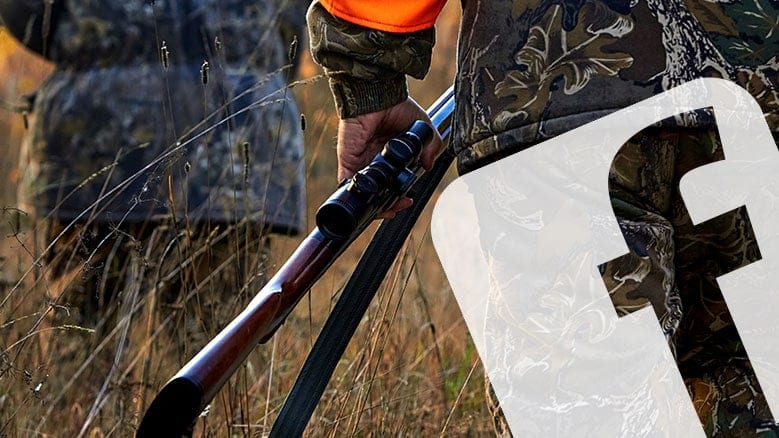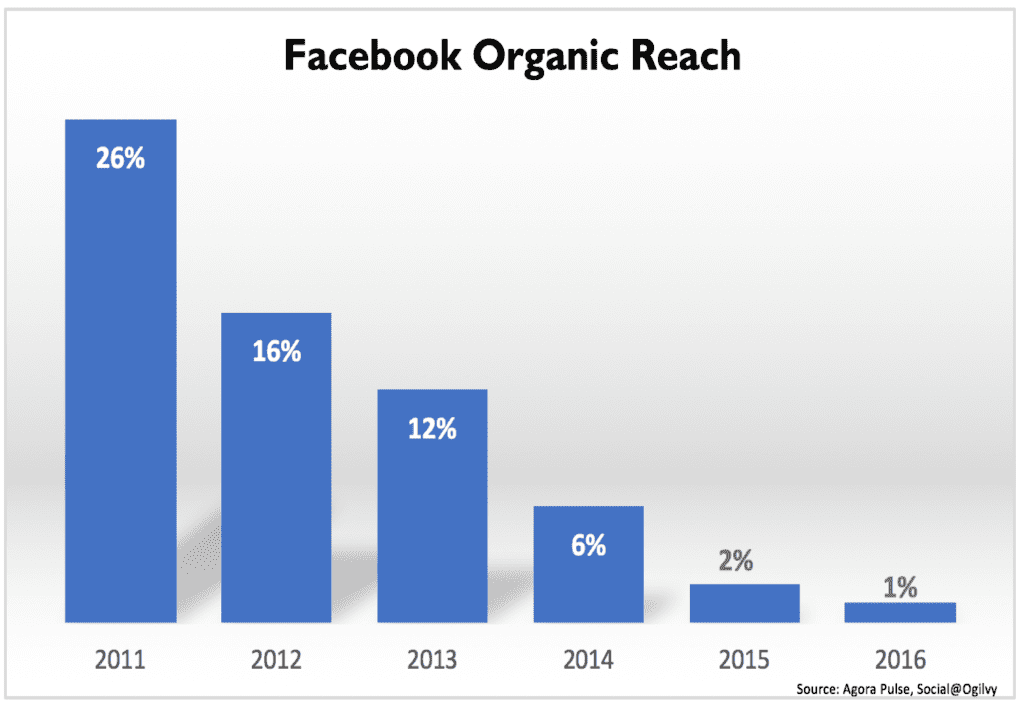
Some of the best forward-thinking companies in the outdoor, hunting and shooting sports industry are diligently building their digital footprint online that in the long run, will return immense dividends.
According to the latest Google algorithm, brands that:
- Create consistent, helpful content;
- Generate strong social signals;
- Have fast loading and mobile-friendly websites;
- and acquire good inbound links from authoritative websites;
…will outrank, outperform and outsell their competitors in the digital era.
What is a digital footprint?
Specifically listed with the outdoor, hunting and firearms in mind—a digital footprint is the combination of seven digital assets that build website traffic, website authority, and a viable audience that:
- Builds your brand
- Increases revenue
- Creates an indomitable digital barrier to your competitors
Ever notice how some brands just seem to be everywhere? They’re number one on Google. You see their banner advertisement on Guns & Ammo. You find a link to their product review. You may also see a piece of content in your Instagram, Facebook or Twitter feed. And after a while you begin to notice your friends and family are talking about them as well.
If you’re serious about building your brand for the future, you must begin to consider how digital will play a role.
In this post, I’ve identified ten elements (up from seven in 2016) that are widely used from the top outdoor, hunting and firearm companies in the industry and how you can begin to build each into expanding your brand’s digital footprint.
1. 10x content
10x content can be a video that demonstrates your product, a blog, infographic or downloadable offer that informs or answers your buyer persona’s (target audience) questions in context with one small catch… It’s got to be ten times better than your competition. It’s not enough to create mediocre content anymore. If you’re looking to get into content marketing by banging out a blog post here and there, it isn’t going to work. A high level of quality must be established based around the buyers journey to cut through the millions (or billions) of other pieces of content to be effective.
According to Moz, the criteria for 10 times better content consists of the following:
- It has to have great UI and UX on any device.
- That content is generally a combination of high quality, trustworthy, it’s useful, interesting, and remarkable. It doesn’t have to be all of those but some combination of them.
- It’s got to be considerably different in scope and in detail from other works that are serving the same visitor or user intent.
- It’s got to create an emotional response. I want to feel awe. I want to feel surprise. I want to feel joy, anticipation, or admiration for that piece of content in order for it to be considered 10x.
- It has to solve a problem or answer a question by providing comprehensive, accurate, exceptional information or resources.
- It’s got to deliver content in a unique, remarkable, typically unexpectedly pleasurable style or medium.
The more your content aligns with the above criteria the more opportunities will be created to rank higher on search engines, garner more inbound links, social media shares, views and customer trust.
2. Video
Video has become the leading form of content in recent years. All social media platforms now have a video option and for good reason. 91% of consumers want to see more online video content from brands. 86% of marketing professionals use video as a marketing tool. 66% of consumers find short-form videos to be the most engaging type of content on social media. 92% of video marketers say they’ve gotten a good ROI from video marketing. Should video be included in your marketing? It’s now a necessity to creating a robust digital footprint.
3. Display (or banner) advertising
I’m not a big proponent of display advertising in the form of web banners, but I don’t see them going away anytime soon. The average click-through rate is less than 0.06% (Source: Hubspot). You’re more likely to complete Navy SEAL training than click on a web banner. SHOT Show sponsors this year only received between 0.1% and 0.08% CTR. I only suggest using banner advertising in conjunction with retargeting, sponsored content, events and middle of funnel offers. With the rise of ad blockers and repeated market research data that shows user’s intolerance to ad banners, banners can be a risky marketing investment as a standalone strategy. The upside to banners is that they are a viable way to keep your brand image top of mind. This however is difficult to track and like its print advertising equivalent—should be directed to landing pages that are designed to convert visitors into customers.
4. Email
One of the highest returns on investment in marketing comes from email. You’ve probably already heard that email marketing will return $48 for every dollar spent. We’ve had campaigns that cost $3K provide a 1000x for specific products for a certain price. When set up correctly, automation generates revenue for your online store while you sleep. We love email as it’s the number one way to generate income as a digital marketing agency in the regulated hunting and firearms space.
5. Search engines
Search engine optimization ties in directly with point number one. With good SEO ingrained in your 10x content—your efforts will help you obtain top rankings. The hunting category and self-defense segments thus far are the most saturated—so if you’re in this class, you have your work cut out. However, opportunities still abound for brands who do it right among other categories (safes, hunting/tactical knives, night vision and ammunition to name a few) where there is still digital gold to be mined. Also work on creating back links from popular websites.
6. Influencers
Many hunting and firearms brands are unable to advertise on social media platforms due to restrictions. However, there is an alternative approach that can be effective. By collaborating with influencers in the industry, you can showcase your products to a targeted audience. According to a study by Hubspot, 50% of Millennials trust product recommendations from influencers, compared to only 38% for recommendations from celebrities. This highlights the potential impact of influencer marketing. Utilizing influencers allows you to generate authentic content and build trust with your client’s customers. This strategy has been successful for the past six years, providing a proven return on investment. Overall, working with influencers can be a great way to reach your target audience and achieve positive results.
7. Social media
Facebook, Instagram. YouTube and other social channels continue to give the firearm and hunting industry grief. As long as you’re not blatantly trying to sell firearms directly or posting your latest trophy, you’re supposedly safe—but how long is this going to last? Can you imagine reporting to your CEO that you just lost your Facebook account of sixty thousand followers because of an inadvertent post? This has already happened several times. Regardless, these roadblocks can be overcome with 10x content that can still produce desirable results when adding in alluring photography and videos. We’ve all figured out that engaging photography with creative lighting and filters of MSRs and 1911s as well as beautiful hunting scenery amass likes and shares. The average Instagram post lasts 48 hours, while the average half-life of a Twitter post lasts 24 minutes. Invest in these aspects of your branding to continue expanding your digital footprint on a consistent basis by posting on Instagram, Facebook and Twitter three times a day and to Twitter at least ten times a day. For YouTube, invest in short form and long form video.
8. Product reviews
Manufacturers have a love/hate relationship with product reviews. Some are good and can help move the sales needle, and others paint the brand and product in a less than ideal light. However, having your product reviewed can create a good amount of web traffic and sales. 61% of customers read online reviews before making a purchase decision, and they are now essential for firearm and hunting e-commerce sites (Source: eConsultantcy). Manufacturers will always be under the eye of vocal hobbyists, so make sure to always enlist the right reviewers and thank them whether they get it right or wrong while directing that traffic to your website.
9. Community
One way to think of community is by building your own private deer reserve. By creating a flourishing and self-sustaining habitat, you’ll have deer to hunt and eat for a very long time. The same analogy applies here.
Ever had to pay to hunt on private land? Right now, there exists opportunities to build your community before your competitors do. Access to the audiences you seek will become harder to find, and will become price prohibitive—especially for start-ups. Where I live, access to good hunting grounds are vanishing as more and more hunters are forced to pay to access private land where the opportunities to bag a big one still exist.
Marcus Sheridan describes these brands as being part of the “Digital Land Rush.” He calls them “Digital Sooners” and they’re depicted as Innovators and Early Adopters below. Warrior Poet Society has built their community through their app. Another group, Greyhive is working to also create a group of firearm tactical trainers.
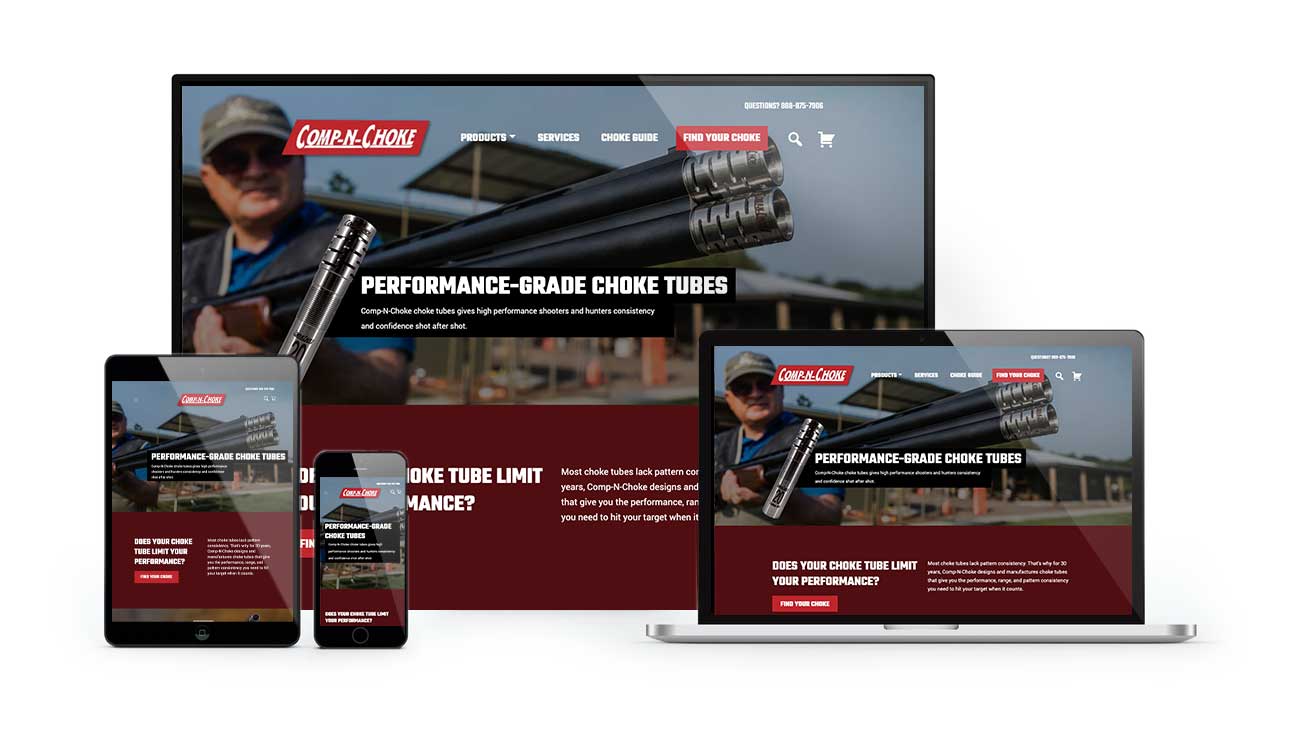 10. Website
10. Website
Last but not least is your website. It should be prioritized and considered the first step in your strategy. The messaging on your website needs to be clear and concise, conveying what your business does, the problem it solves, and the steps taken to solve that problem. The navigation should be streamlined, with no more than 5 links. Additionally, your website should include at least five clear calls to action, social proof in the form of testimonials, reviews, and images of satisfied customers. Think of your website as a safety net – it needs to be solid and free of any issues before moving on to other marketing efforts.
Add a CRM and a tracking and you’ve got all the pieces in place.
In conclusion, many outdoor, hunting and firearm brands lag behind their competitors and other industries concerning digital marketing. Many marketers and business owners in niche segments of the industry are missing out on lucrative revenue streams and community-building opportunities. By building a solid digital marketing footprint now, your business will be ready for what inevitably lies ahead when everything is plugged into AI.
Article originally published April 30, 2016.



